5 Hidden Gems: Diving in the Red Sea
The Red Sea is a world-renowned destination for scuba diving, attracting thousands of divers every year from all over the globe. Its warm, clear waters and stunning coral reefs make it an ideal location for divers of all levels, from beginners to experienced professionals.
While many divers visit well-known sites like Ras Mohammed or the Thistlegorm wreck, the Red Sea is also home to many lesser-known dive sites that offer unique and unforgettable experiences. These hidden gems can include secluded coral gardens, pristine reefs, and even encounters with rare marine life such as dugongs and whale sharks.
In addition to its incredible diving, the Red Sea is also steeped in history and culture, with ancient ruins and fascinating local communities waiting to be explored. From bustling coastal cities to quiet fishing villages, the Red Sea region is full of unique and memorable experiences for divers and non-divers alike.
Overall, the Red Sea is a truly remarkable destination for scuba diving, offering a combination of natural beauty, rich history, and unique culture that cannot be found anywhere else in the world.
1. Abu Dabbab
Abu Dabbab is a beautiful dive site located in the southern Red Sea, near Marsa Alam. The site is known for its stunning coral reefs, colorful marine life, and the chance to encounter some of the Red Sea’s most iconic creatures, including dugongs and sea turtles.

Divers visiting Abu Dabbab can explore a variety of habitats, including hard and soft coral gardens, sandy patches, and seagrass meadows. The site is home to an impressive array of fish species, from small reef fish like clownfish and damselfish to larger predators like barracudas and tuna. But the highlight of Abu Dabbab is the chance to see dugongs grazing on the seagrass beds. These gentle giants can often be spotted from the surface, and lucky divers may even have the chance to swim alongside them underwater.
Abu Dabbab is also a great site for photographers, with its clear water and abundant marine life providing plenty of opportunities to capture stunning images. Macro enthusiasts will enjoy exploring the nooks and crannies of the coral reefs, where they can find a variety of critters like nudibranchs, shrimp, and crabs.
Overall, Abu Dabbab is a must-visit dive site for any diver traveling to the Red Sea. Its stunning coral reefs, diverse marine life, and the chance to encounter dugongs make it a truly unforgettable experience. Whether you’re a seasoned pro or a beginner, this site has something for everyone, and it’s sure to be a highlight of any diving trip to Egypt.
2. Marsa Mubarak
Marsa Mubarak is one of the most unique and exciting dive sites in the Red Sea. Located south of Marsa Alam, this site offers divers the chance to explore a beautiful and diverse underwater ecosystem. One of the highlights of Marsa Mubarak is the frequent dolphin encounters. These intelligent creatures are curious and friendly, often approaching divers to play and interact. It’s an unforgettable experience to swim alongside these magnificent animals and watch as they gracefully glide through the water.

But there’s much more to Marsa Mubarak than just dolphins. The site is also home to a variety of other marine life, including reef sharks, turtles, and colorful fish. The coral formations are also impressive, with vibrant colors and interesting shapes to discover. Divers can explore the shallower areas of the site, where seagrass beds and sandy patches provide habitat for critters like nudibranchs and octopuses. Or they can venture deeper to the drop-off, where schools of fish and larger creatures like eagle rays can be found.
Overall, Marsa Mubarak is a must-visit site for any diver traveling to the Red Sea. Its unique mix of friendly dolphins and diverse marine life make it a truly unforgettable experience. And with its location near Marsa Alam, it’s easy to access and a great addition to any diving itinerary.
3. Emphinstone Reef
Elphinstone Reef is one of the most iconic dive sites in the Red Sea, located about 20km south of Marsa Alam. This stunning reef is renowned for its incredible wall diving, crystal-clear waters, and diverse marine life. The reef itself is a narrow plateau that drops off dramatically on both sides, providing an ideal habitat for a wide variety of marine species.
At Elphinstone Reef, divers can expect to encounter a variety of pelagic species such as sharks, barracudas, and giant trevallies. The reef is also home to several species of moray eels, groupers, and colorful reef fish. One of the highlights of diving at Elphinstone Reef is the chance to see large schools of hammerhead sharks that often frequent the area.
For experienced divers, Elphinstone Reef offers a truly unforgettable experience. However, due to its strong currents and challenging conditions, it is not recommended for beginners or inexperienced divers. Despite its challenges, the reef is definitely worth visiting for those looking for a unique and exciting diving adventure in the Red Sea.
4. Shab el Erg
Shab el Erg is one of the most fascinating dive sites in the Red Sea. This horseshoe-shaped reef is located near Hurghada and is known for its unique underwater landscape and abundant marine life. The site gets its name from the Arabic word for “coral garden”, and it’s easy to see why. The reef is covered in an impressive array of hard and soft corals, with colors ranging from vibrant pinks and oranges to cool blues and greens. As divers explore the reef, they’ll encounter a variety of fish species, including colorful anthias, pufferfish, and wrasses. The highlight of Shab el Erg, however, is the chance to see schools of playful dolphins swimming and playing in the water.
But Shab el Erg isn’t just for experienced divers. The site is also great for beginners, with shallow areas that are perfect for training dives. Novice divers can explore the coral gardens and sandy patches in the shallows, while more experienced divers can venture deeper to explore the drop-off and encounter larger creatures like barracudas and turtles. And with its proximity to Hurghada, Shab el Erg is easy to access and a great addition to any diving itinerary in the Red Sea.
Overall, Shab el Erg is a must-visit dive site for any diver traveling to the Red Sea. Its impressive coral gardens, abundance of marine life, and playful dolphins make it a truly unforgettable experience. Whether you’re a seasoned pro or a beginner, this site has something for everyone, and it’s sure to be a highlight of any diving trip to Egypt.
5. Sha’ab Abu Nuhas
Sha’ab Abu Nuhas is a stunning dive site located in the northern Red Sea, near the Strait of Gubal. The site is famous for the four shipwrecks that can be found here, each with its own unique history and story to tell. The most famous wreck is the Giannis D, a cargo ship that sank in 1983 and now lies on its side at a depth of around 25 meters. The other wrecks include the Carnatic, the Chrisoula K, and the Kimon M, each with their own fascinating stories and underwater explorations to offer.
But Sha’ab Abu Nuhas isn’t just about shipwrecks. The site is also home to a diverse array of marine life, including schools of colorful fish, sea turtles, and even the occasional hammerhead shark. The reef itself is also impressive, with hard and soft corals covering the underwater landscape and providing habitat for a variety of critters like nudibranchs and shrimp.
Despite its reputation as a shipwreck site, Sha’ab Abu Nuhas is also great for all levels of divers. The wrecks are shallow and easily accessible, making them perfect for beginners or those looking for a more relaxed dive. More experienced divers can explore the deeper areas of the site, where larger creatures like barracudas and tuna can be found. And with its location near Hurghada and Sharm El Sheikh, Sha’ab Abu Nuhas is easily accessible and a great addition to any Red Sea diving itinerary.
Overall, Sha’ab Abu Nuhas is a must-visit dive site for anyone traveling to the Red Sea. Its fascinating shipwrecks, diverse marine life, and stunning coral reefs make it a truly unforgettable experience. Whether you’re an experienced wreck diver or just starting out, this site has something for everyone, and it’s sure to be a highlight of any diving trip to Egypt.
The Red Sea is home to many lesser-known dive sites that offer unique and unforgettable experiences. These sites include the Marsa Mubarak, Shab el Erg, Sha’ab Abu Nuhas, Abu Dabbab, and Elphinstone Reef.

Marsa Mubarak is known for its vibrant coral gardens and unique marine life, including sea turtles and dugongs. Shab el Erg offers exciting drift dives and the chance to spot dolphins and schools of barracudas. Sha’ab Abu Nuhas is a wreck diver’s paradise, with several shipwrecks to explore. Abu Dabbab is famous for its resident dugongs and sea turtles, while Elphinstone Reef offers the chance to see large pelagic species such as sharks and rays.
These lesser-known dive sites are definitely worth visiting for divers looking for a unique and unforgettable experience in the Red Sea. From vibrant coral gardens to thrilling wreck dives and encounters with rare marine life, each site has its own special charm and attractions.
So if you’re planning a trip to the Red Sea, be sure to explore these lesser-known dive sites and experience the underwater world of the region for yourself. Don’t forget to share your experiences with us and leave a comment below!
Remember, the more people know about the beauty of the Red Sea, the more they will want to protect it. Share this post with your fellow divers and ocean lovers to spread the word and help protect this incredible underwater world.
Related
Disclosure: This post may contain affiliate links, which means that DIVEMONDO may receive a small commission if you make a purchase using these links. As an Amazon Associate this website earn from qualifying purchases.


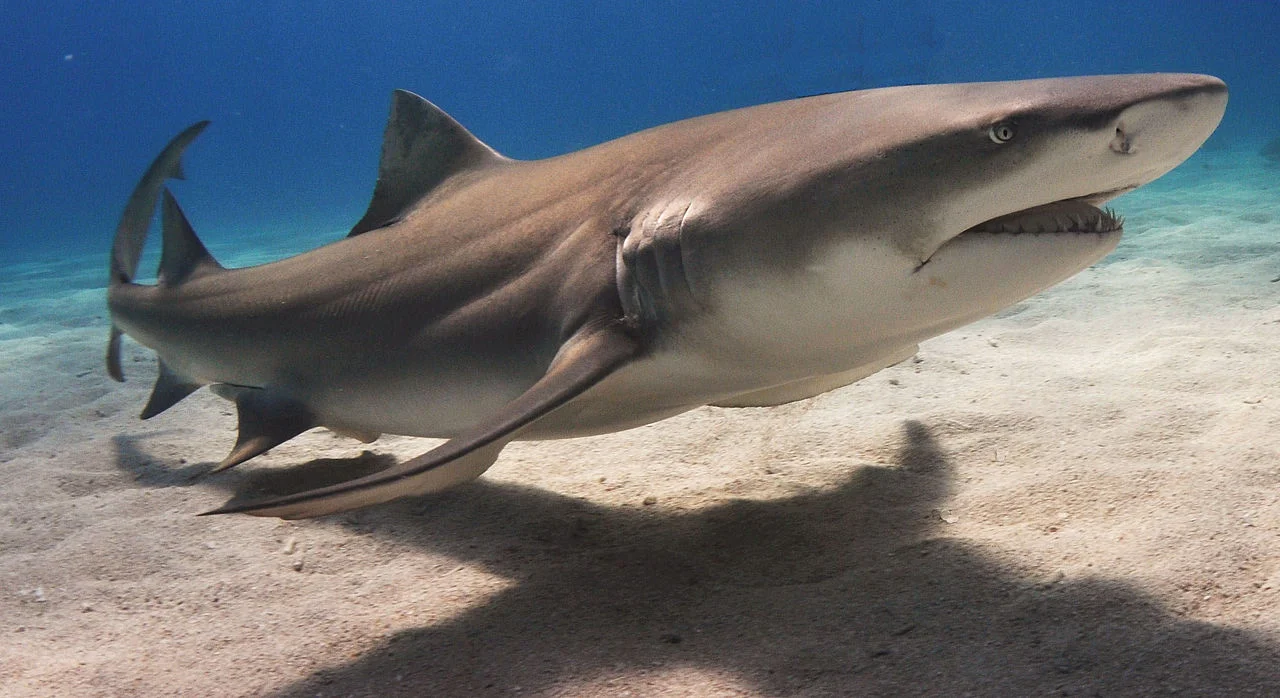

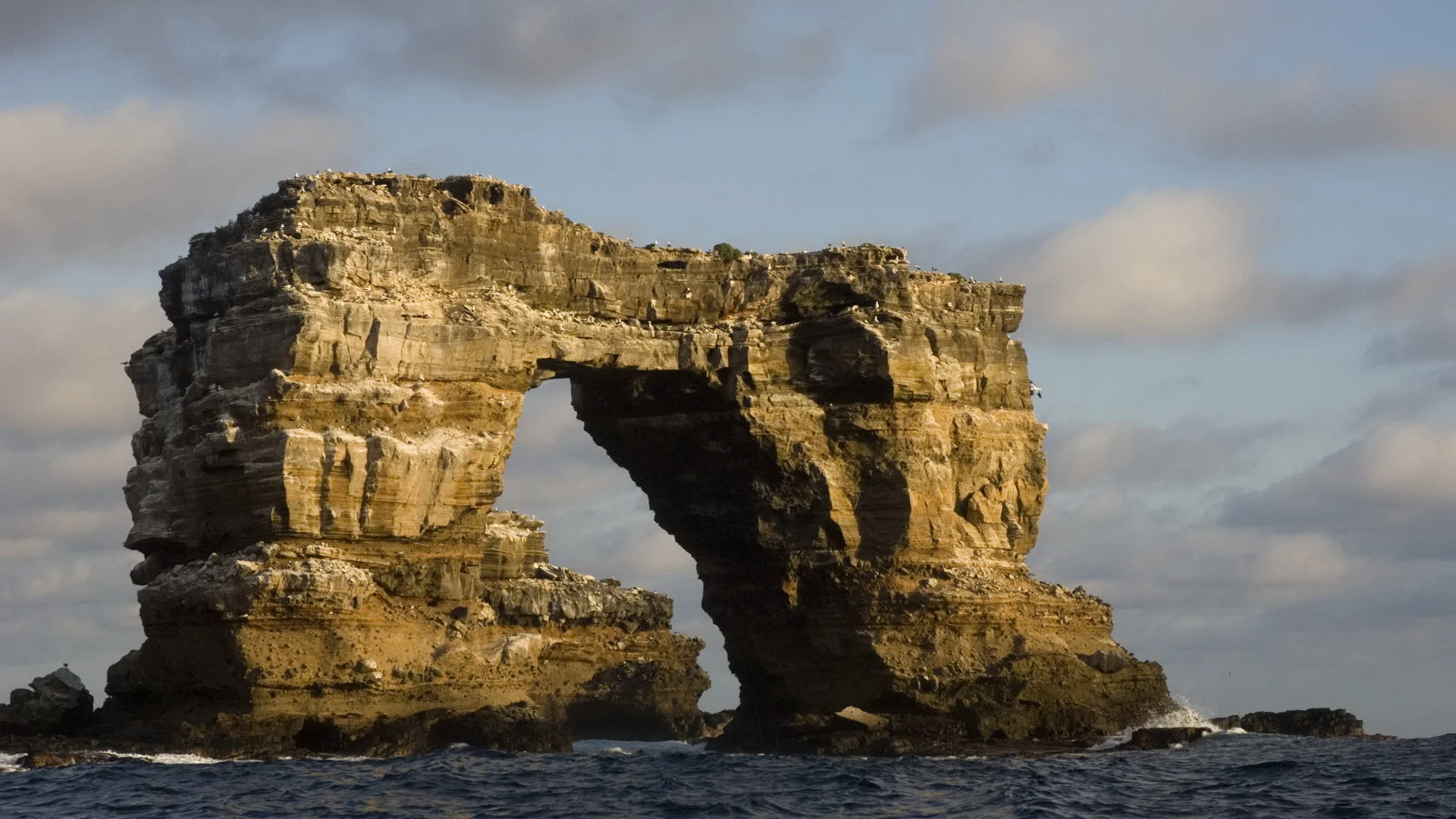
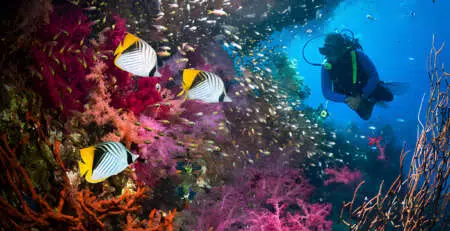
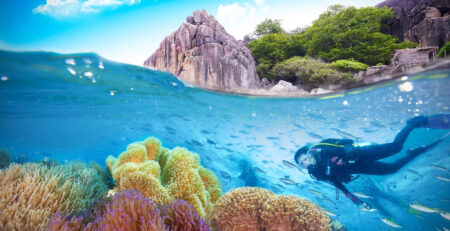

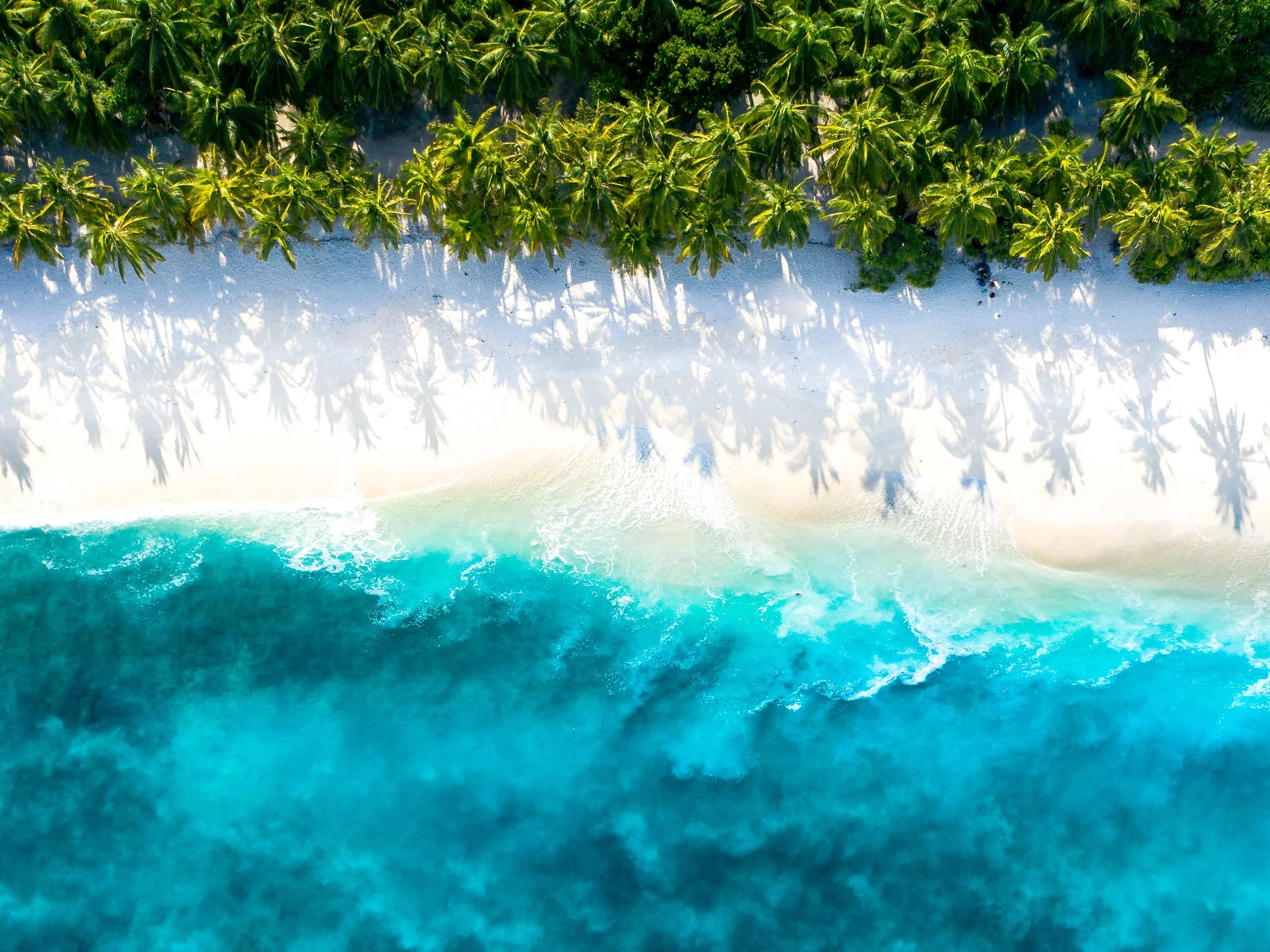
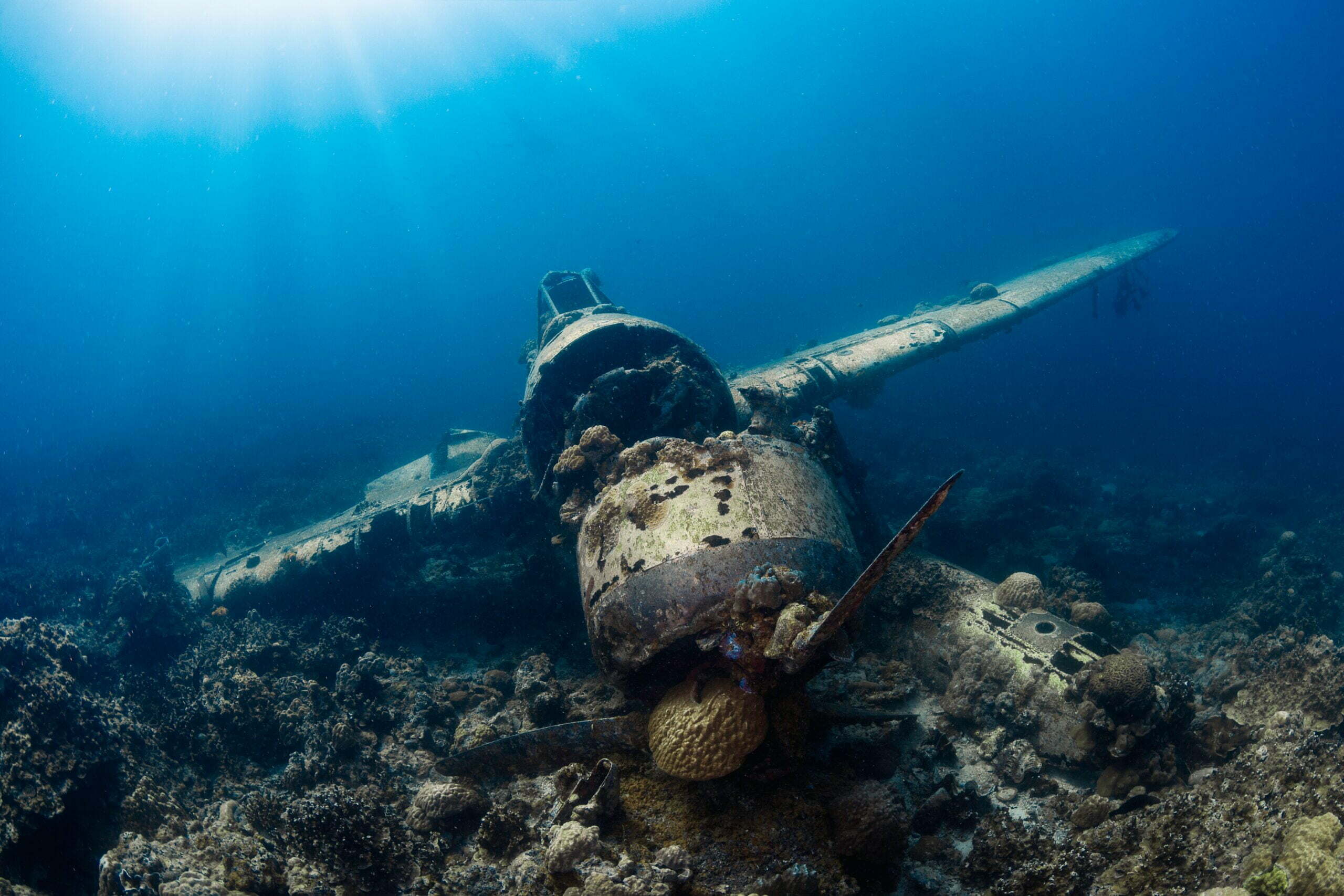
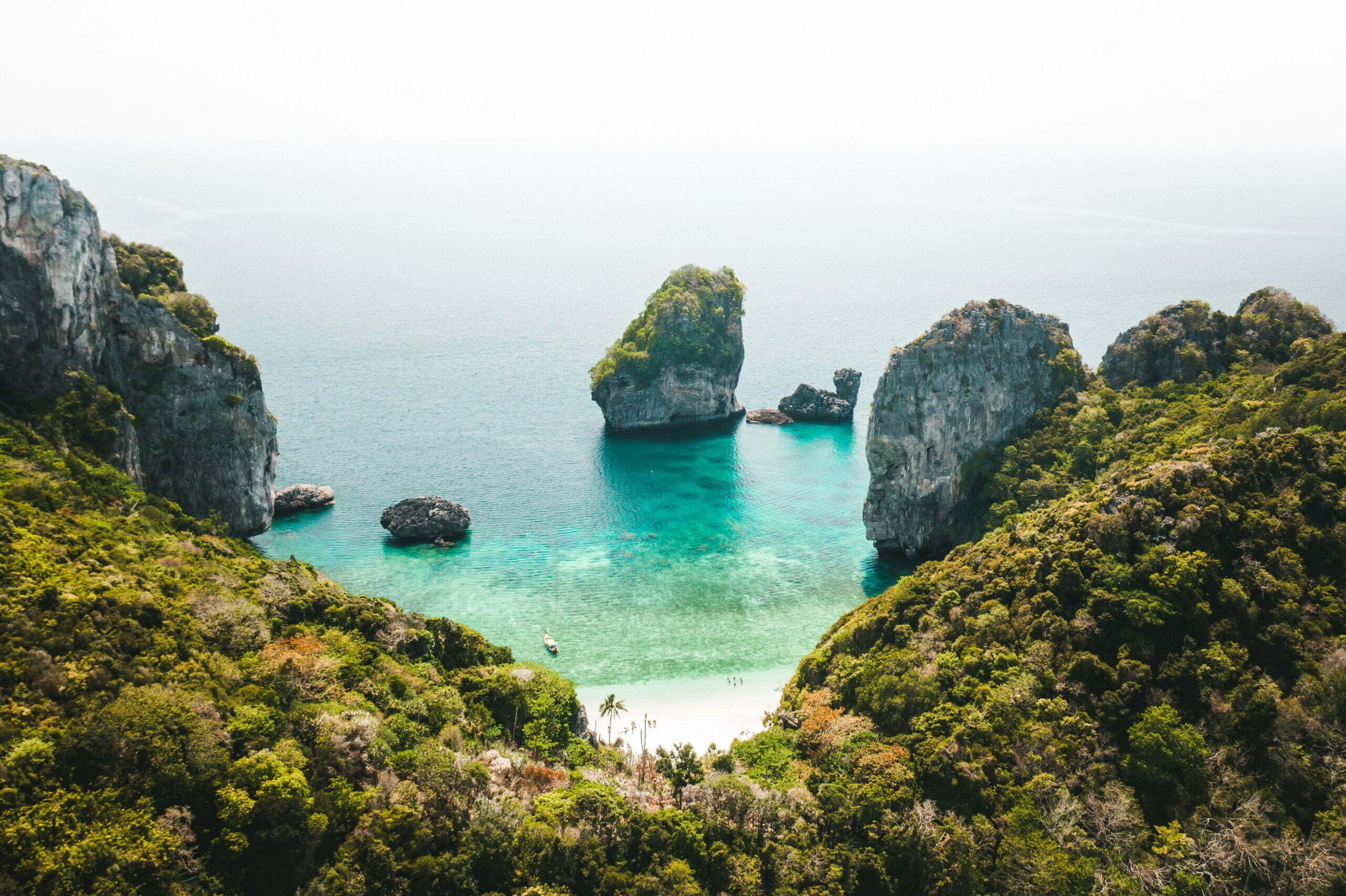
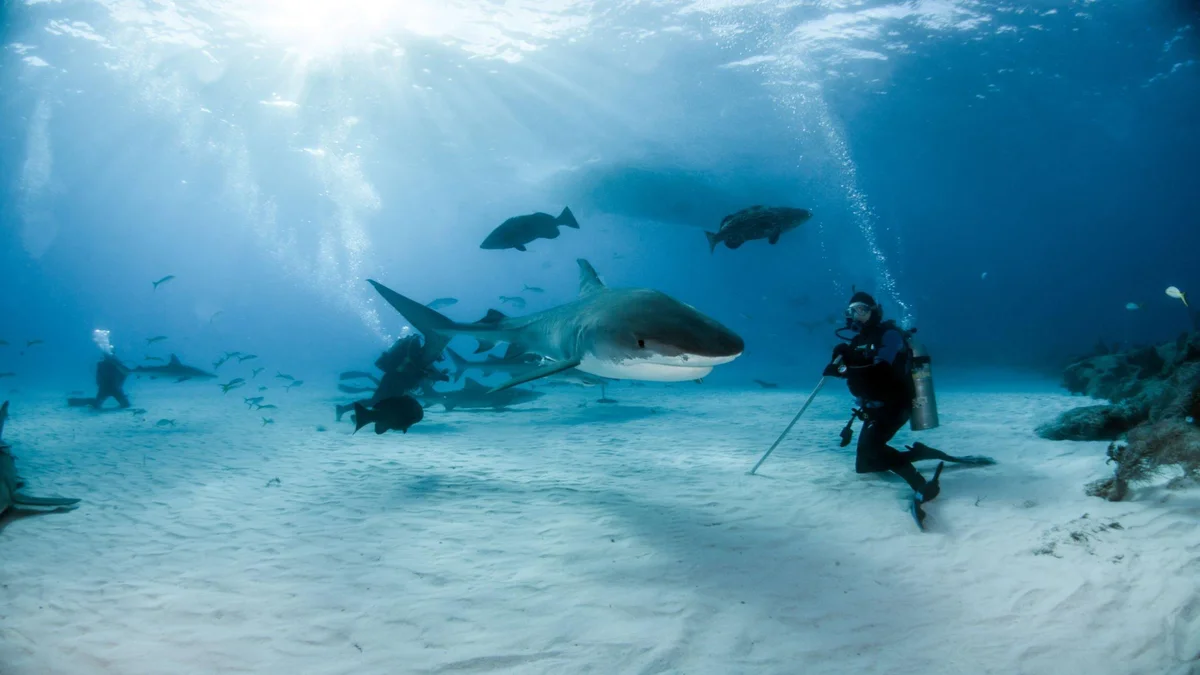

Leave a Reply